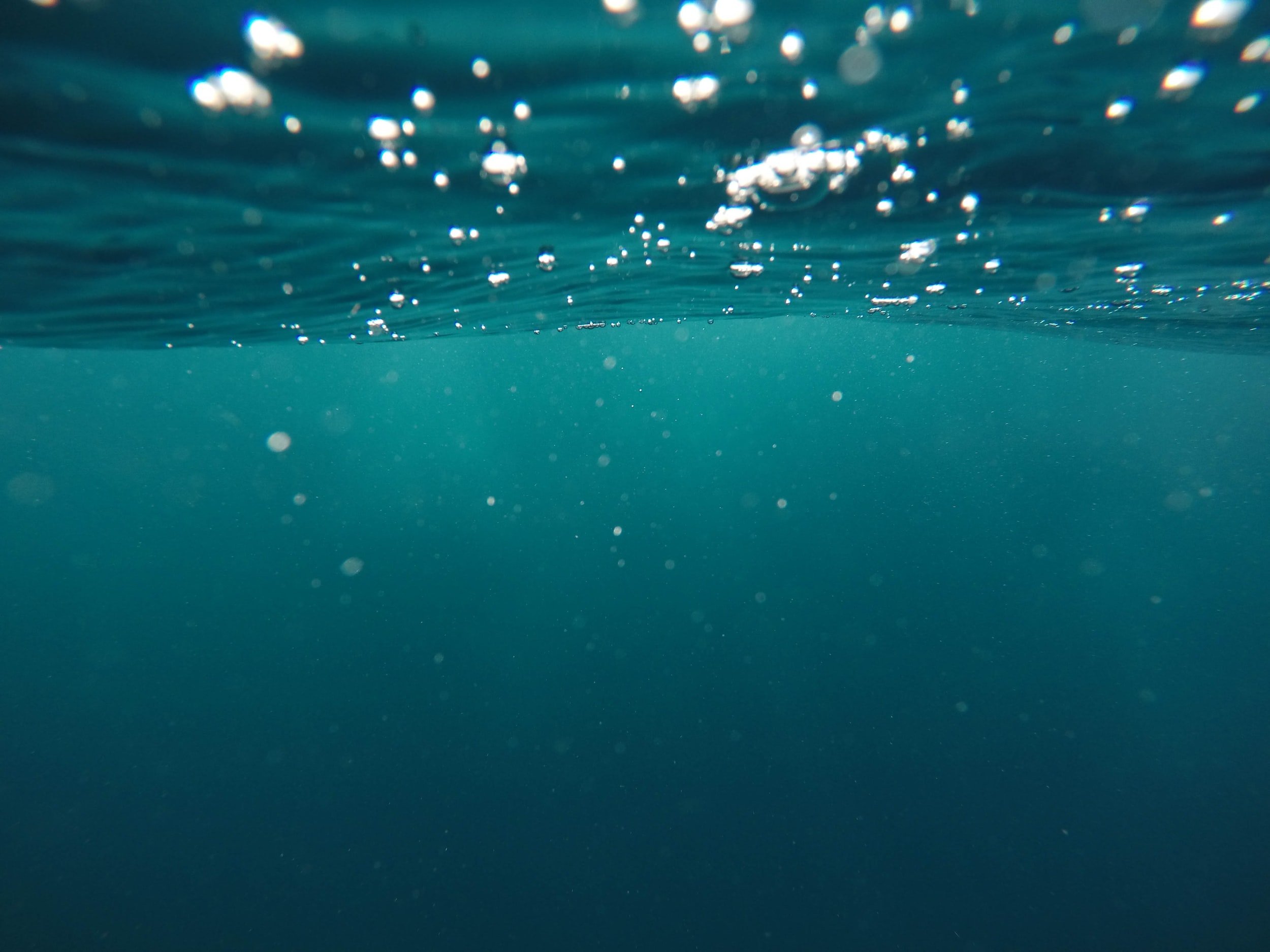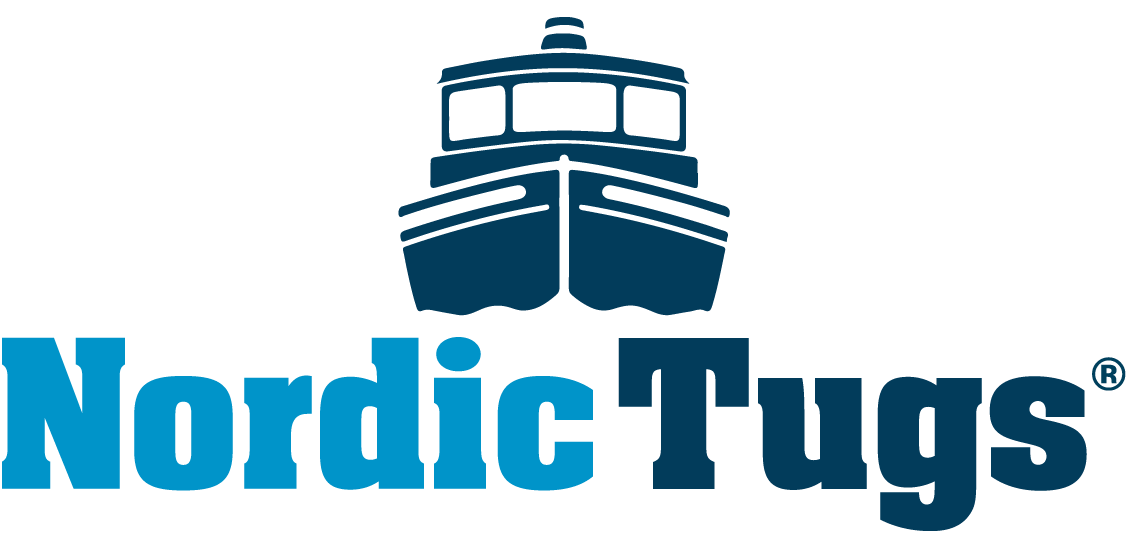History In The Making
The Beginning
-
The early `70s were plagued by oil shortages and high gas prices. Both Husted and Senour felt there was a place for a fuel-efficient powerboat. However, they had a hard time coming up with something original. It came to Husted in a flash of inspiration: a tugboat! With a combination of cute and rugged good looks, a tug is efficient at low speeds, so people could save fuel.on text goes here
Stealing The Show
-
He got to work drawing the first Nordic Tug, a design that paid homage to the tugs of the 1930s. With a low introductory price and reserved availability in the production line, buyers couldn’t help themselves. Thirty-seven were sold at the show, with a total of 54 boats sold by the end of that month.
With the nostalgic appeal and notable fuel economy, Nordic Tugs became an immediate success. An industry magazine had this to say about the innovative design:
“There is something about a tugboat that makes people take to it instantly. Women want to mother it and grown men grin when they see one. Perhaps it’s because so many of us learned to love `Lil Toot.` Tugs were always tubby, likeable characters, brightly painted and doers of heroic deeds.”
Proving that imitation is the sincerest form of flattery, two competitors — Sundowner Tugs and Lord Nelson Tugs — launched their own pleasure tugs at the following year’s boat show.
Interestingly, in the early days about half the boats were sold as workboats. “They were considered kind of like a pickup,” Husted explained. The most recent and perhaps last Nordic Tug workboat (a 26) was sold in 1992 to Pacific Gas & Electric for transporting work crews through the rough waters of San Francisco Bay.
Riding The Bandwagon
Unbridled Appeal
-
The two boats were presented at the Oakland Boat Show where over 18,000 people stopped by to check out the newest boating sensation.
The stylish, well-built boats with their fuel-efficient design and flexible cruising speeds proved to have lasting appeal.
In 1982, the Northwest Marine Trade Association (NMTA) dubbed Nordic Tugs “one of the biggest success stories of a largely depressed pleasure boat construction scene.”
Eventually, Nordic Tugs expanded its product line to include a 32’ boat (1985), 37- and 42-foot models (mid-to-late `90s) and a 52-footer (2003). These models have since evolved to become the Nordic Tug 34, 39 and 54 with integrated transom platforms and fresh interiors. The Nordic Tug 49 was added to the line-up in 2009.
With demand increasing for larger vessels, the Nordic Tug 26 was retired in 1997. The Nordic Tug 26 nevertheless retained a near-cult following and it was re-launched in 2009 as a limited production model.
“...One of the biggest success stories of a largely depressed pleasure boat construction scene.”

Some 1,200 to 1,500 parts go into each Nordic Tug, and each part is carefully chosen for its durability, performance and aesthetics.
We use only multidirectional stitch mat fiberglass cloth and a special vinylester resin for added strength, durability and resistance to osmotic blistering. Stainless steel reinforces critical areas such as the shoe and rudder support on the keel.
The hull and deck joint as well as the bond of all major laminated components is fiberglass reinforced for maximum strength. Wires and cables are marine grade tinned-copper for a lifetime of trouble-free operation. Finishing materials like solid hard woods, hand-picked to match grain, add elegance to the interior.
From soles to salon roof, Nordic Tugs are built for years of reliable service so you and your family can go where you want, when you want, and know that your boat is ready and waiting for the next journey.
Quality In Every Build
The Facility
With the popularity of the tugs growing nationally, the original production facility in Woodinville, WA, reached capacity. In March 1990, Nordic Tugs moved its plant and corporate offices to Burlington, Washington, doubling the production area to 15,000 square feet and providing for separate fiberglass lamination and carpentry shops.
By 1998, Nordic Tugs moved yet again to a larger facility in Burlington to keep up with demand. The company expanded at that site in 2007, and in 2014 Nordic Tugs occupied an 80,000 square-foot two building facility that includes state-of-the-art manufacturing and environmental compliance equipment.
Nordic Tugs Today
In 2007, Nordic Tugs received National Marine Manufacturers Association (NMMA), American Boat and Yacht Council (ABYC) Certification for its entire product line — an important distinction in the marine industry. While all boats in the United States are required to meet U.S. Coast Guard regulations ABYC certified boats must meet more comprehensive standards and pass a rigorous third-party inspection to ensure that construction adheres to all of the applicable standards.
With interest and inquiries increasing worldwide, Nordic Tugs applied for and received Conformité Européenne (CE) Certification in 2007. The United Kingdom received the first exported Nordic Tug, a 37.
Today, Nordic Tugs are exported worldwide, and the company has added dealers in Europe and Asia to meet international demand.
Husted and Senour combined features most important to the efficient performance and comfortable livability of a trawler, and in the process, developed a completely new category of cruisers. Nordic Tugs’ classic designs have withstood the test of time, and with continuous innovation in performance and livability, will continue to do so.


